![]()
1 Introduction
2 General terms
3 Terminology - Gothic
4 Terminology - Classical
This section explains the names of many components used in walling. The section is in three parts. The first part explains a number of building terms; some modern, most traditional. This part will grow as, and when, more examples become available. Building terminology can be obscure - jambs, reveals, weep holes, queen closers etc don't mean much to the general public. By the time you've explored this web site you should be quite at home with these terms, and many more.
The other two sections explain some terms used in classical and gothic architecture. Classical architecture is "derived directly or indirectly from the architectural vocabulary of the ancient world". A building cannot be regarded as classical which does not exhibit all or some of the recognisable features of the orders, such as: symmetry, the progression of elements in a facade, the hierarchy and moderation. During the renaissance (14th and 15th centuries) the classical style slowly displaced Gothic. Gothic architecture first appeared in the middle of the 12th century and lasted until the middle of the 16th century. It is characterised by pointed arches, ribbed vaults, slender columns, flying buttresses, traceried windows and tall towers. Gothic slowly evolved from Romanesque, itself loosely based on Roman architecture. The word 'gothic' would have meant nothing in the Middle Ages - it was a pejorative term coined by the classical artist Vasari in the 16th century. Classical scholars of the renaissance believed that the Gothic style was a style from the 'dark ages'. The Victorians re-discovered Gothic and it became a very popular form of architecture for religious, public and even domestic buildings.
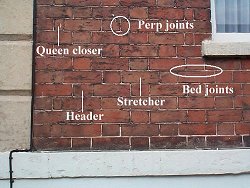 |
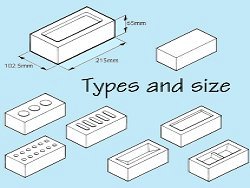 |

|
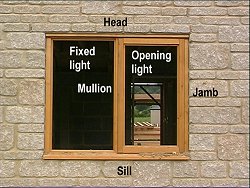 |
 |
 |
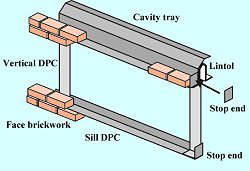 |
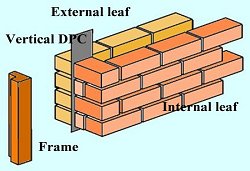 |
 |
 |
 |
 |
Click on the photos to find the names of the various components. The tower has 'hot spots' so you can look at each of the stages in turn. This is obviously only the briefest of introductions. If you want to know more buy:-
Discovering Church Architecture from Shire Books. It's only about £4 or so.
 |
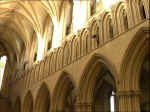 |
 |
 |
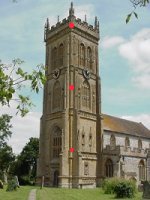 |
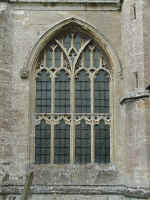 |
 |
 |
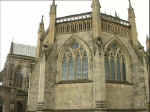 |
The starting point for any study of classical architecture are Ancient Greece and Roman orders: Tuscan, Doric, Ionic, Corinthian and Composite. The classical buildings are put together as formal structures by using the formal canon, the rules of composition. It means that in classical architecture elements always appear in well-determined sets governed by particular fixed relations. Although the origins of the classical architecture come from Ancient Greece, they were developed by Roman architecture and finally regularised by Renaissance writers.
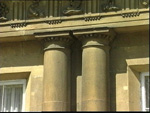 |
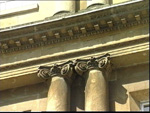 |
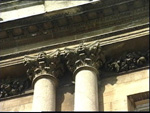 |
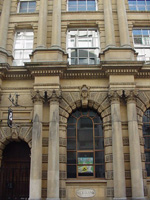 |
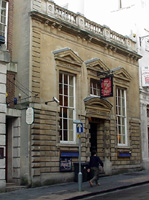 |
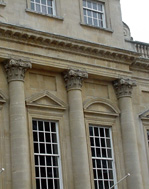 |
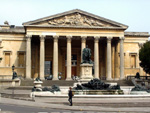 |
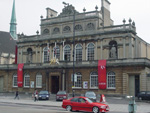 |
 |
©2008 University of the West of England, Bristol
except where acknowledged